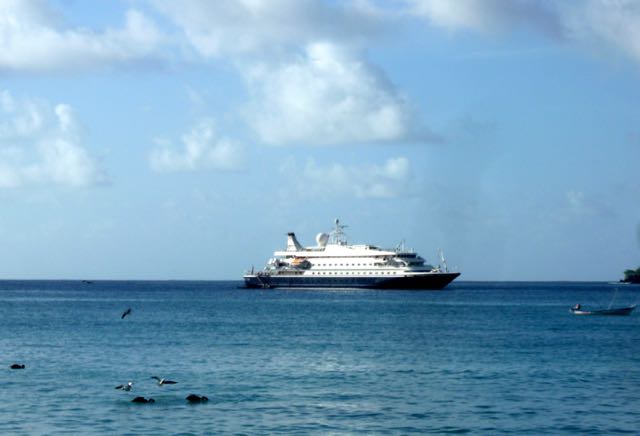12 Birds of Tobago

Faraaz Abdool brings you twelve of Tobago’s birds. Enjoy these stunning photos of island residents in their common habitats. All photos courtesy Faraaz Abdool; Trinidad Motmot by Joanne Husain Tobago boasts some of the bird world’s most incredible representatives – a mixture of South America and the Caribbean with seasonal migrants from as far as the Arctic Circle. Coincidental confluences of southward migration and the Atlantic hurricane season bring to Tobago some Europeans as well. Exciting rarities aside, let’s look at some of the island’s most familiar inhabitants. Although Red-billed Tropicbirds don’t quite look like grizzled seafarers, they spend most of their life at sea. Dainty and delicate, they touch land only to breed, preferring uninhabited and often inhospitable offshore islands for protection from predators.. Lacking sharp talons or even an aggressive personality, Red-billed Tropicbirds are extremely vulnerable to human activity on their nes...


